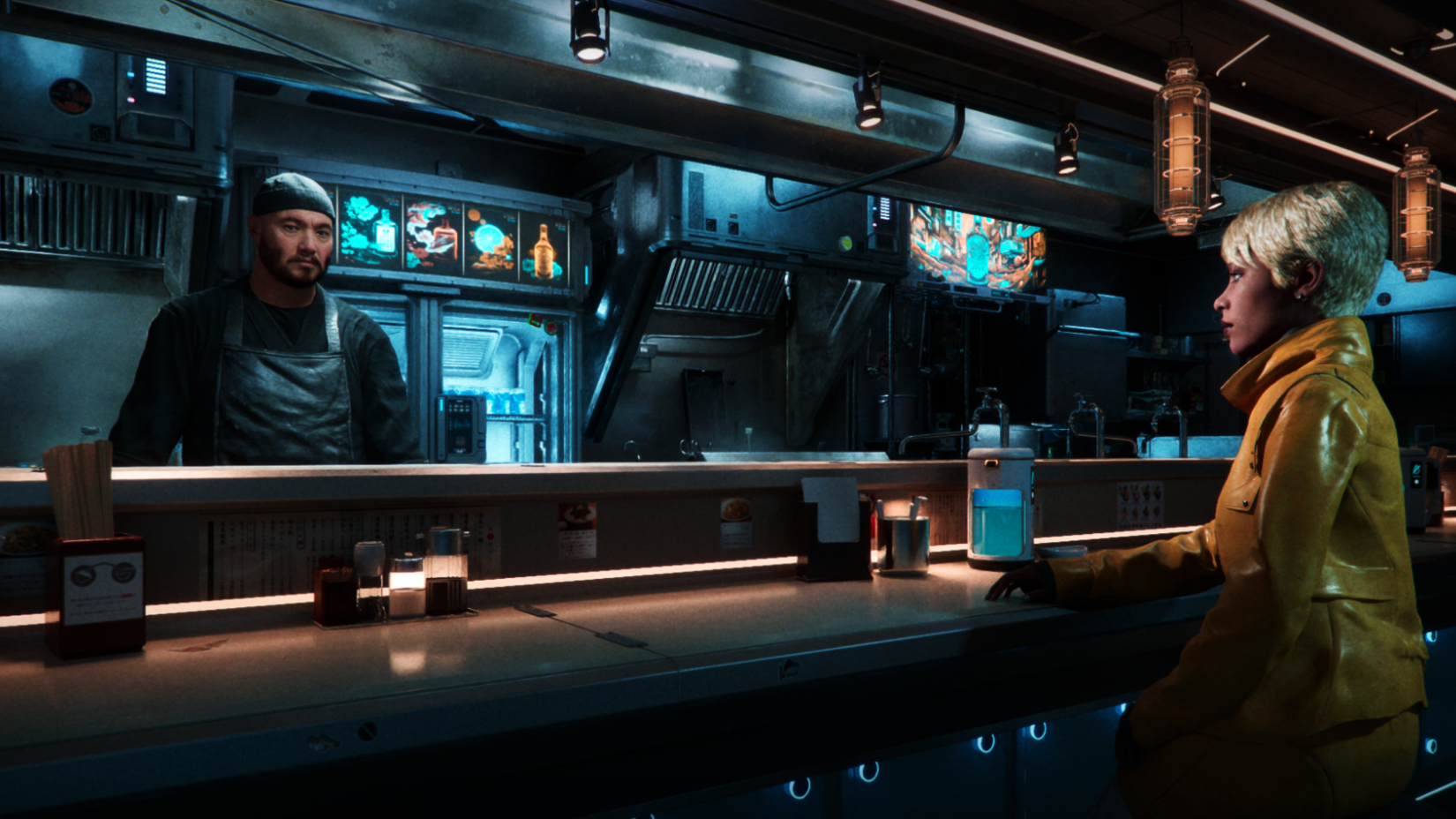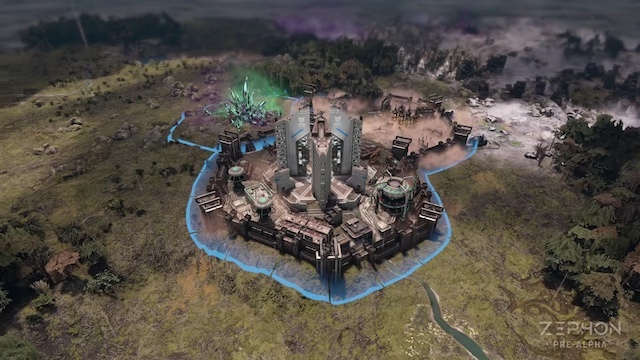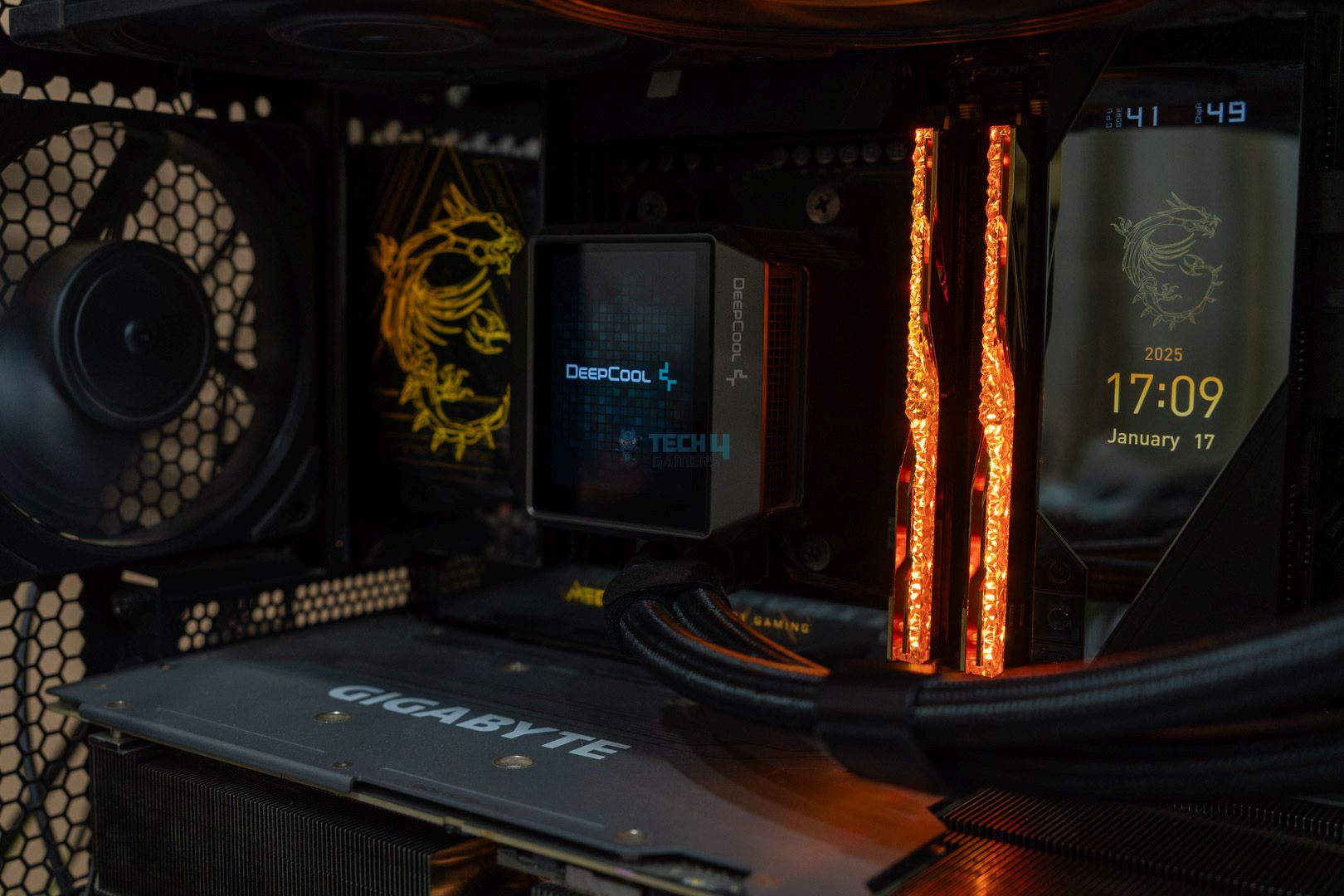In the world of immersive storytelling tabletop role-playing games (TTRPGs) have been a major cornerstone. These kinds of games allow players to craft their unique adventure under the guidance of a Game Master (GM). Traditionally the game master plays a vital role by shaping the games narrative, managing gameplay mechanics and improvising based upon player actions. With advancements in artificial intelligence, AI driven game masters such as Shari are becoming a viable option for developers trying to offer something fresh. Ai can revolutionize the role of a Game Master by handling multiple tasks simultaneously that would usually require extensive human input. One of the best things an AI Game Master can offer is the ability to create compelling narratives on the spot. An AI GM can dynamically change the plot of a game based on player choices instead of relying on pre-written scripts and static storylines. What this essentially means is that every playthrough will feel unique to the player as the AI will adapt to the players preferences and play style. Another critical aspect that an AI Game Master can handle is interactions with non-playable characters (NPCs). In traditional Tabletop RPGs, a human GM must voice and act out various NPCs to suit the narrative. AI NPCs powered by natural language processing and machine learning such as NVIDIA’s AI NPCs can provide realistic and varied dialogue and different personalities. These NPCs can remember past interactions, adapt to player choice and can even form relationships over time, enhancing immersion and roleplay depth. Beyond storytelling and managing NPCs, AI can also streamline gameplay mechanics. A GM is responsible for enforcing rules, tracking stats, and resolving dice rolls which can sometimes slow down gameplay. AI can handle all of these elements simultaneously; this ensures that the game runs smoothly without any human error. It can calculate probabilities, resolve conflicts and give real-time feedback to player actions. This will streamline the game testing process and overall gameplay mechanics. One other area where AI can excel is AI automated world building. Traditionally GMs spend hours creating intricate maps, cities and dungeons to populate their worlds. AI can instantly generate detailed and expansive settings full of lore, side quests and interactive elements.
The Role of AI in Game Mastering
AI-Driven NPC Interactions
Automating Game Mechanics
AI and Automated World-Building
Seamless Online Integration and Voice Synthesis
For players that prefer to play remotely, AI GMs can offer seamless online integration. Many TTRPGs require in-person gatherings which can be hard to organize. AI-driven systems can manage virtual sessions, automate combat scenarios and much more making sure that the pacing runs smoothly. By handling the administrative aspects of the game AI allows players to focus more on the story and gameplay.

Challenges and Limitations
Despite its many upsides AI driven Game Mastering does present some challenges and limitations. One of the biggest issues is the lack of human creativity and emotional depth. While AI can surely create some very compelling storylines, it falls short when it comes to enacting emotions. A human GM can read the room, adjust pacing and provide better deeply personalized storytelling that AI might fail to replicate.
Moreover, the ethical concerns regarding AI that collects personal data based on user actions and behavior must be handled responsibly. There should be strict rules to ensure data privacy and there should be transparency regarding the use of gathered data.
Final Thoughts
As technology continues to evolve, its integration into TTRPGs will become more sophisticated. Future AI GMs may leverage deep learning to refine their storytelling capabilities allowing for more emotionally compelling stories.
Thank you! Please share your positive feedback. 🔋
How could we improve this post? Please Help us. 😔
[Error Fix Expert]
Hello, I’m Uzair Shabir, a tech enthusiast pursuing a Bachelor’s in Electrical Engineering. At Tech4Gamers, I’m an Error Fix Expert, crafting articles on different issues and how to fix them. With a Google IT Support Certificate, I navigate tech complexities to deliver insightful perspectives.
Get In Touch: UzairShabir@tech4gamers.com


 Threads
Threads




